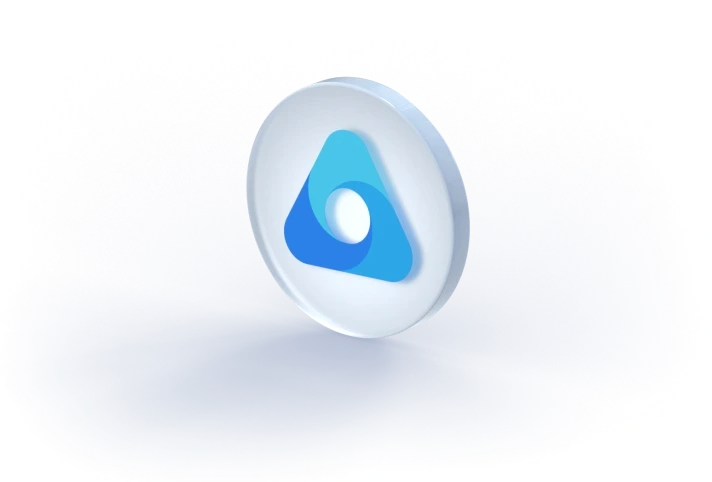
ICE prioritization template
Discover it live
Preview

About the ICE prioritization template
Evaluate and prioritize your product backlog inspired by Intercom’s popular ICE scoring framework using three of the criteria: Impact, Confidence, and Effort. What you get:
A product backlog with a customizable prioritization framework using a custom prioritization formula.
A priority chart to visualize your quick wins and timewasters.
More views: Now-next-later roadmap, product
timeline.
What is an ICE prioritization template?
The ICE prioritization template is a scoring model ideal for the early stage of product development. At this stage, you’re still brainstorming and want to keep the team’s energy and momentum up.
So why does the ICE prioritization model template help here?
The ICE prioritization template is based on an agile prioritization framework, enabling you to assess initiatives, ideas, and features via a three-set measurement: Impact, Confidence, and Ease.
Impact (I) refers to the potential for a project to support the main business objective. For example, if your focus is on getting more people to use your app, anything that could encourage a boost in sign-ups would have a high Impact score.
Confidence (C) tempers the Impact score a little by making you consider how confident you are that this impact would be realized.
Ease (E) is exactly how it sounds: how easy is the project or test to complete? There are no fixed parameters here, all the scoring is done relative to other ideas on the table.
The ICE prioritization template uses the three criteria and gives each item a relative score from 1-10 (1 being low, 10 being high). By multiplying the three scores, you will receive the ICE result. Easy!
Why should product teams use the ICE framework template?
Most teams use ICE because of its simplicity and speed. The fact that you are forced to give a value for each criteria also makes rationales clear when you reach the time to review.
Another important benefit of ICE is the prevention of ‘analysis paralysis’. By the very nature of the ICE prioritization model template, it provides a quick way for teams to reach a collective consensus on which initiative should be prioritized. Keeping everyone on the same page is crucial at the early stages of product development — and throughout!
The ultimate goal of this ICE framework template is to find out which initiative, idea, test, or feature to pursue first based on the level of impact they could have on your business goals, your level of confidence in achieving the result, and how easy the project is to execute.
What are the drawbacks of ICE?
Some product teams find the ICE framework template too subjective, as different people will score each criteria differently. But it’s been proven time and time again that the average guess of a group is extremely accurate. So aggregating all the scores and calculating the average minimizes the risk of subjectivity.
Another common challenge with ICE comes down to its simplicity — which can be both a benefit and a drawback. While the ICE prioritization model template can add a lot of value at the start of a project, it might not be robust enough to carry you through the project. Feel free to adapt the framework as you go.
Teams are also encouraged to tweak the 1 to 10 range as they see fit. This scale might be too precise for your project, so expand the range out from 1 to 100 if that works better.
What does airfocus’s ICE prioritization template include?
The airfocus ICE framework template includes:
A product backlog with a customizable prioritization framework
A 4x4 priority chart to visualize your quick wins and don’t dos
A ready-to-use now-next-later roadmap
…and a timeline to visualize your release plans and delivery work.
Enjoy and prioritize with ease!
Get started with the ICE prioritization template now

Pre-installed apps
Priority Ratings
Set up a custom prioritization framework
Benefits that come from using this template
Powerful prioritization framework
Build a strategic product roadmap
Seamless integrations
Ready to use & fully customizable
Learn how to use airfocus templates effectively
More templates
Experience the new way of doing product management


Experience the new way of doing product management




